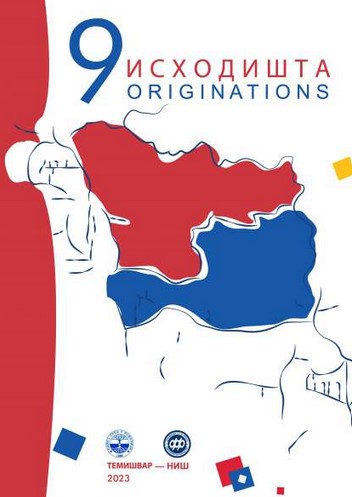CРБИ У САРАЈЕВУ – КОНТИНУИТЕТ ТРАЈАЊА И ЗАТИРАЊА (АУСТРОУГАРСКИ ПЕРИОД)
SERBS IN SARAJEVO - CONTINUITY OF DURATION AND REPRESSION (AUSTRO-HUNGARIAN PERIOD)
Author(s): Draga V. MastilovićSubject(s): Local History / Microhistory, Social history, Government/Political systems, Politics and society, Pre-WW I & WW I (1900 -1919), Inter-Ethnic Relations, Ethnic Minorities Studies
Published by: Universitatea de Vest din Timişoara
Keywords: Sarajevo; Orthodox Serbs; Austro-Hungarian administration;
Summary/Abstract: The Austro-Hungarian occupation administration in Bosnia and Herzegovina found less than 43% of the Serbian Orthodox population, completely devoted to Orthodoxy and disappointed in the decisions of the Berlin Congress. Therefore, one of the priority tasks of the Austro-Hungarian administration was to thoroughly change its ethnic image in favor of the Roman Catholic population, and then suppress all national movements and create a “Bosnian” nation. Austro-Hungarian demographic policy can be most clearly seen through the case and example of Sarajevo. The national struggle against the Austro-Hungarian occupation regime was led by three national generations of Serbs in Bosnia and Herzegovina, and they consisted of the merchant class, the first intellectual elite and finally the youngest “young Bosnian generation” (“mladobosanska generacija”). As time was passing, Sarajevo became an increasingly important political, economic, and cultural and educational center, especially after the opening of the Bosnian Parliament (Bosanski sabor) in 1910. The Serbs from Sarajevo paid a high price for their deep national consciousness and self-sacrificing struggle against the new occupier during the First World War.
Journal: Исходишта
- Issue Year: 9/2023
- Issue No: 9
- Page Range: 143-162
- Page Count: 20
- Language: Serbian

